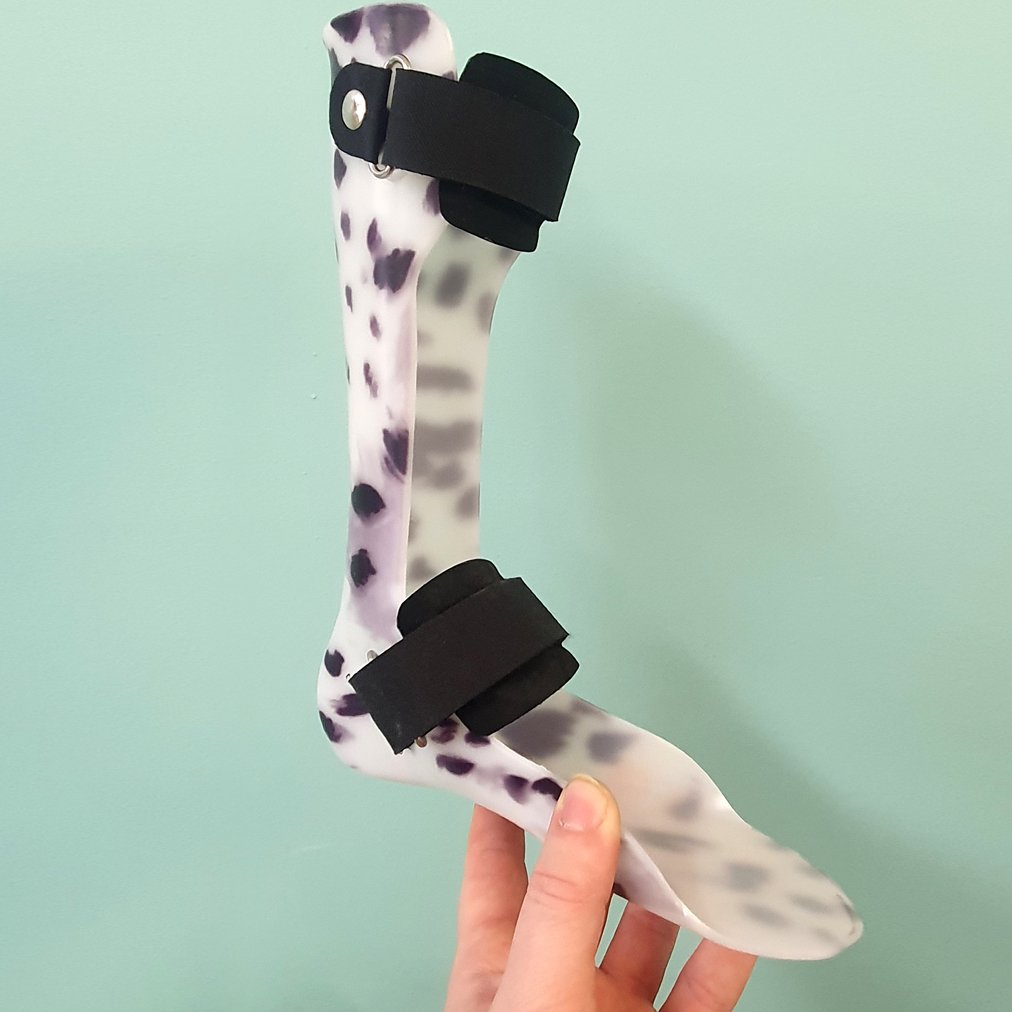Have you ever felt that once you leave rehab you don't have the pathways to the correct specialists to assist you ongoing? We are now linked to Kayla Osinski, a wonderful member of the Orthotics and Prosthetics team at John Hunter Hospital. If you ever have any issues give us a call at Headstart.
What’s your role at John Hunter, Kayla?
I am a Clinical Orthotist at Hunter Prosthetics & Orthotics Service (HPOS), located at The Limb Centre, on the John Hunter Hospital campus. Not many people (including health professionals) know what an orthotist is, as we are small specialised profession with approximately 500 orthotists/prosthetists Australia wide.
Orthotists are allied healthcare professionals who prescribe, cast for, make and fit orthoses (splints) for patients who need added support for upper or lower limbs. Our usual clientele are patients who have neuromuscular or orthopaedic conditions.
Similar to physiotherapists, orthotists perform muscle strength and range of motion assessments, but the speciality of our role is in understanding and manipulating biomechanical forces through orthoses (splint/s).
“In doing so, we are able to help increase our patients balance and stability, improve walking speed and symmetry as well as decrease the risk of falls by providing adequate ground clearance. ”
What services do you provide for people with acquired brain injury (ABI)?
We offer a large range of orthoses for upper and lower limbs that can help with weakened muscles as well as high tone/spastic muscles, which are common in patients who have sustained an ABI.
Our orthotists can recommend a wide range of orthoses that vary from prefabricated to custom, and can be made from either soft foams, thermoplastics or carbon fibre resins. In addition, we specialise in customised orthopaedic footwear to help accommodate splits and size differences.
We work closely with the rehabilitation (Rankin Park Unit) and orthopaedic medical specialists at the John Hunter Hospital to ensure that our patients are receiving holistic medical and allied health care. We are privileged to work for NSW Health, so we treat both inpatients and outpatients in the Hunter New England Local Health District.
We also work closely with a multi-disciplinary team (MDT) including a Rehabilitation Consultant (senior medical specialist), Orthopaedic Surgeons (senior medical specialist), physiotherapists, occupational therapists and podiatrists.
Referral pathways have changed over recent years, what gap have you seen?
Ten years ago, most patients who required Aids and Equipment (Orthoses) post ABI were usually admitted as an inpatient into hospital, and then referred to the Rehabilitation Unit for ongoing medical care/treatment.
The hospital funded MDT and rehabilitation consultants would work closely with patients for approximately six months before discharging them back to their community therapists, such as physiotherapist, occupational therapist, speech pathologist etc. The rehabilitation consultant would usually follow up with the patient in the Tone and Function Clinic for (Botulinum Toxin) Botox® injections (high tone/high spasticity) or in annual or biannual consultation in the consultant’s outpatient clinic at the John Hunter Hospital Royal Newcastle Centre.
I noticed the gap most recently in the last five years where transitioning from state funded schemes to commonwealth schemes such as the NDIS has been challenging for some people. Learning to work in a new way with new providers comes with its challenges and this is where we’ve noticed some people may not have adequate funds to support their long-term care.
Lockdown restrictions during COVID-19 made it harder for patients to access the necessary services. During this time, I observed a reduction in the number of patients with ABI accessing our service, reduced number accessing physiotherapy and other allied health services in the community.
At HPOS, we have a number of referral pathways for patients. We take referrals from patients who are in receipt of:
• National Disability Insurance Agency (NDIS)
• Australian Government Home Care Package (HCP)
• Insurance (iCare)
• EnableNSW patients 65 years and over
• Local Health District (Hunter New England)
• Privately funded referrals
How do you work with the NDIS?
HPOS receives referrals from NDIS Support Coordinators, Physiotherapists (most common referral pathway) or some patients self-refer to our service.
Once the referral has been received, our admin staff then reach out to either the patient, NDIS Support Coordinator or Local Area Coordinator to either set up an assessment with our orthotists to discuss the provision of orthotic management.
Orthotists work closely with the NDIS participant, the physiotherapist and occupational therapists to ensure the assistive technology (orthoses) works as part of an overall MDT approach to help the participant achieve their stated NDIS goals.
How are you able to assist Headstart?
“In addition to providing orthoses to patients post ABI, our service is in a unique position to assist Headstart consumers and CoWorkers in accessing treatment through the Local Health District/John Hunter Hospital and bridging the gap between the hospital system and the outpatient community therapist supports.
”
Are there any common problems for people with acquired brain injury?
Most patients who have ABI will either experience weakness or tightness (high tone/spasticity) on one side of their body, this can in turn create issues with:
• decreased balance
• increased falls risk
• decreased feelings of safely and confidence (poor muscular control)
• decreased walking speed
• increased fatigue when performing Activities of Daily Living (ADL).
In order to strengthen, support or stretch/release the misbehaving muscles and to improve on the aforementioned, patients will usually require assistance from:
• Rehabilitation Consultant medical team (oral medication or local Botox® injections)
• Physiotherapist (ongoing treatment program to ensure muscles balance is in equilibrium)
• Occupational Therapist (assist with the repetition of task focused activities)
• Orthotist (to assist with passive support for either weak or high tone/spasticmuscles.
The rehabilitation consultant will often provide the treatment that will release high/spastic muscles, which will then facilitate the physiotherapy exercise program and the use/toleration of orthoses.
Please explain what neurplasticity is?
The best definition that I’ve heard to date is ‘neuroplasticity post stroke (ABI) is the rewiring and reorganizing process which allows the healthy areas surrounding damaged brain tissues to compensate and develop new functions.’
In layman’s terms it’s saying that our brain has the ability to ‘regenerate itself’. Our brain uses trillions of neural connections from our brain in the Central Nervous System (CNS) down to our Peripheral Nervous System (PNS) that controls our upper and lower limbs.
After an ABI, the pathways that would normally send the signal from our CNS to our PNS can get disrupted. Although the part of the brain that sustained damaged, cannot be reversed; through the process of neuroplasticity, our brain can re-wire functions through healthy areas of the brain by creating new neural pathways.
Where exactly the ABI has occurred in the brain is very important, as it helps us to understand the secondary effects.
“Neuroplasticity is how a patient post ABI may regain lost skills and regain their independence. ”
To activate neuroplasticity, the patient must have an experience that is learning dependent. That’s one way of saying what we experience repeatedly will determine how our brain tissue can re-wire itself.
Similarly to a person who is learning to play the piano, the more one practices, the more surface area of the grey matter in the brain responsible for the processing of music and movement will be. The brain will become more efficient in recognising tones, sounds, and the motor finger memory that comes with cord combinations. This is how the brain becomes efficient at interpreting and playing music.
Neuroplasticity can be applied any time one wants to improve on a skill such as moving your arm or memorising music. It takes practice, practice and practice (repetition
of a task).
In clinical practice, I have observed the window of opportunity for the brain to re-wire and create new pathways usually remains open for approximately six months post ABI.
Evidence suggests that after the six month neuroplasticity window, pathways can still be formed, however to a much less extent.
Most patients post ABI will have the rehabilitation consultant issue a group of allied health therapies to activate the neuroplasticity process as soon as possible; to maximise the amount of recovery possible during the window of opportunity.
Physiotherapists will often provide physical exercises to improve strength and mobility. It is vital these exercises be practiced repeatedly to help the brain recruit health brain tissue to initiate the movement.
Occupational therapists will also work closely with patients and teach them how to use exercises that the physiotherapist has taught them in a more task focused setting, such as their ADLs. Through encouragement of the occupational therapist’s targeted program of set repeated tasks and steps, patients often start to feel a greater sense of independence, often for the first time.
As an orthotist, I can assist the medical and allied health team by the prescription of orthoses to help support weakened muscles or stretch tight muscles. Some patients will only have to wear orthoses for a short period of time (as they go through the neuroplastic process). Others may need orthoses long term to assist the efforts of the medical and allied health teams.
“In my clinical experience, I have observed that patients post ABI who have the right combination of medical and allied health MDT involvement, often have the best long-term results, and have much better quality of life and are able to achieve their ADL well. ”
Above right pic: a carbon fibre laminated custom GRAFO (it provides energy return), so not only helps balance but also helps increase walking speed and reduce fatigue.
- Kayla Osinski
BMedSc; BHSc/M Clin Prosthetics & Orthotics, MAOPA, CPO.
Orthotist | Hunter Prosthetics and Orthotics Service. The Limb Centre, John Hunter Hospital
Please get in touch with Headstart for further assistance.







